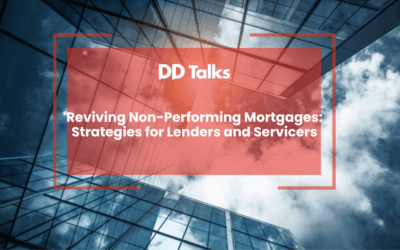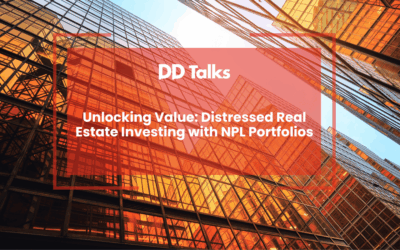What are Non-Performing Loans (NPLs)?
Non-Performing Loans, commonly known as NPLs, are loans in which the borrower is not making interest payments or repaying any principal. These loans are typically in default or close to default, posing a significant risk for financial institutions. Understanding the nuances of NPLs is crucial for Bank Executives, NPL Managers, Real Estate Professionals, NPL Servicers, NPL Investors, Advisors, Lawyers, and Technology Solution Providers.
Types of Non-Performing Loans
Substandard Loans
Substandard loans are those that have well-defined weaknesses jeopardizing the repayment. Although these loans are not yet in default, the risk is significantly higher than standard loans.
Doubtful Loans
Doubtful loans are more severe than substandard loans. Their full repayment is highly questionable and potentially uncollectible.
Loss Loans
Loss loans are considered uncollectible and are typically charged off the books of the bank immediately. These loans pose the highest risk among all types of NPLs.
Why Do Loans Turn Non-Performing?
Several factors contribute to loans becoming non-performing:
- Economic downturns affecting borrowers’ ability to repay.
- Poor credit assessment during loan approval.
- Changes in interest rates making repayment difficult.
- Borrowers’ unexpected financial hardships.
Strategies for Managing NPLs
Risk Assessment and Early Detection
Implement robust risk assessment procedures and utilize technology for early detection of potential NPLs. This helps banks take preventive measures before loans turn non-performing.
Debt Restructuring
Restructuring the debt by extending the loan term or reducing the interest rate can help in managing NPLs effectively.
Loan Sales and Transfers
Transferring or selling NPLs to specialized firms can help banks clean up their balance sheets. Learn more about this at our upcoming DD Talks Conference.
FAQs About NPLs
- What is the difference between an NPL and a bad loan?
- An NPL is typically classified based on the repayment defaults, while a bad loan is often considered uncollectible and written off immediately.
- How are NPLs treated in financial accounts?
- NPLs are categorized as high-risk assets and require provisioning, which impacts a bank’s profitability.
- Can NPLs be recovered?
- Yes, through various strategies such as restructuring, asset seizure, or sale to specialized recovery firms, some NPLs can be recovered.
How to Participate in Discussions on NPL Management
To gain deeper insights and join discussions on NPL management, consider attending our annual conference. Book your ticket today to stay updated on the latest developments in managing non-performing loans.




0 Comments